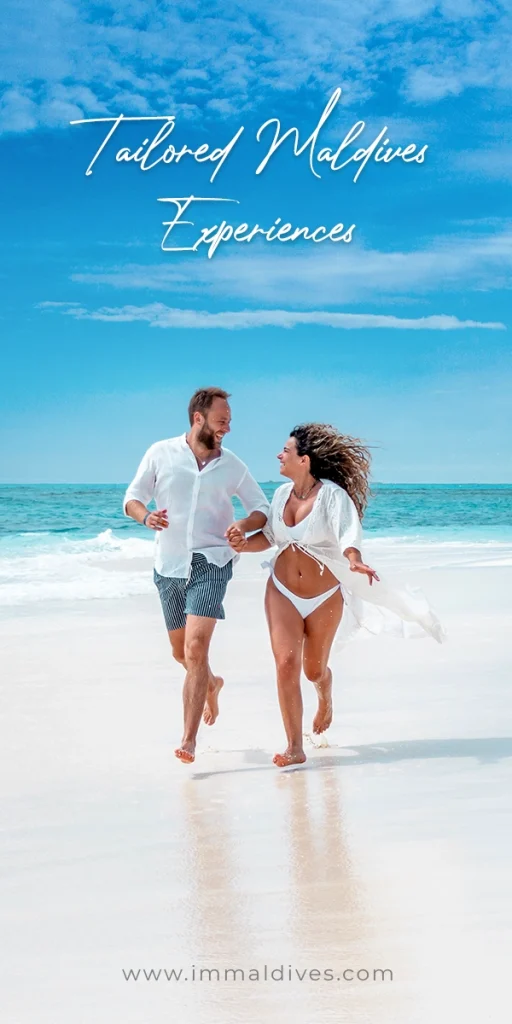JOALI BEING proudly collaborates with the Olive Ridley Project (ORP) to share Kurangi’s remarkable story. She is the first sea turtle to enter the island’s Sea Turtle Rehabilitation Centre. After receiving nearly six months of dedicated care, Kurangi joyfully returned to the ocean on 2 November 2024, during a special event held at JOALI BEING.
Speaking about the release of Kurangi, Graeme Freeman, General Manager, says,
“Since the opening of JOALI BEING, we have been deeply committed to conserving and preserving the incredible marine habitats that surround us. The successful release of Kurangi marks a major milestone with the opening of our Raa Atoll Sea Turtle Rehabilitation Centre – a long-standing dream made possible through the dedication of our team and the invaluable support by the Olive Ridley Project. Together, we look forward to advancing our efforts to protect and rehabilitate our local sea turtle population.”
Kurangi received her name from the Dhivehi word for the ‘Lesser Noddy,’ a seabird native to the Maldives. Rescuers discovered her in August 2023, entangled in a ghost net in Shaviyani Atoll. Following her rescue, the Olive Ridley Project’s Marine Turtle Rescue Centre in Baa Atoll provided her with urgent medical attention. Unfortunately, she sustained severe injuries to both front flippers, which led to the amputation of her left flipper.
After stabilizing, Kurangi was moved to the Raa Atoll Sea Turtle Rehabilitation Centre at JOALI BEING for further recovery. Despite the challenges of buoyancy syndrome, she showed incredible determination throughout her healing journey. To aid her recovery, the resident Sea Turtle Biologist and the Marine Biology team created a personalized rehabilitation plan that included Targeted External Weight Therapy and dive training.
Moreover, commenting about this, Resident Turtle Biologist Abdulla Hameed said:
“Kurangi’s recovery has been remarkable, and I’m immensely proud to have been part of her journey here at JOALI BEING. We wish her all the best as she returns to the ocean, the home where she truly belongs. As we continue our commitment to sea turtle conservation, we look forward to achieving even greater progress in the coming months.”
During her rehabilitation, Kurangi endeared herself to many guests at JOALI BEING, who closely followed her progress and celebrated each milestone. On 2 November 2024, friends and staff gathered to honor her recovery, bidding her a heartfelt farewell as she returned to her ocean home.
Engaging in Sea Turtle Conservation at JOALI BEING
At JOALI BEING, guests have the unique opportunity to engage with the Raa Atoll Sea Turtle Rehabilitation Centre, where they can learn about turtle care and conservation efforts. Visitors can also symbolically adopt a turtle, which includes an official certificate and monthly updates on the turtle’s journey.
The Rehabilitation Centre emphasizes the importance of community involvement. JOALI BEING invites local residents, including government officials and students, to participate in educational visits. These initiatives aim to raise awareness about sea turtle conservation and inspire collective action within the community.
The Raa Atoll Sea Turtle Rehabilitation Centre has a dual purpose: rehabilitating turtles while contributing to scientific research. The island is a vital nesting ground for the critically endangered hawksbill sea turtle. As a result, JOALI BEING collaborates closely with the Olive Ridley Project to protect turtle nests from disturbances during the nesting season. After the eggs hatch, researchers conduct controlled excavations with permission from local authorities. This process enables them to collect essential data on hatchling survival rates and the factors influencing their outcomes. Such information is essential for advancing our understanding of sea turtle reproductive biology.
Additionally, the resident Turtle Biologist regularly conducts surveys through diving and snorkeling. Using photo-identification techniques, researchers monitor the local sea turtle population in Raa Atoll. Each turtle has a unique facial pattern, similar to a human fingerprint, allowing individual identification. By uploading these images to a central database, scientists can track turtle movements, identify preferred habitats, and analyze population trends. Ultimately, this valuable research provides insight into the challenges faced by these extraordinary sea turtles in their natural environment.








